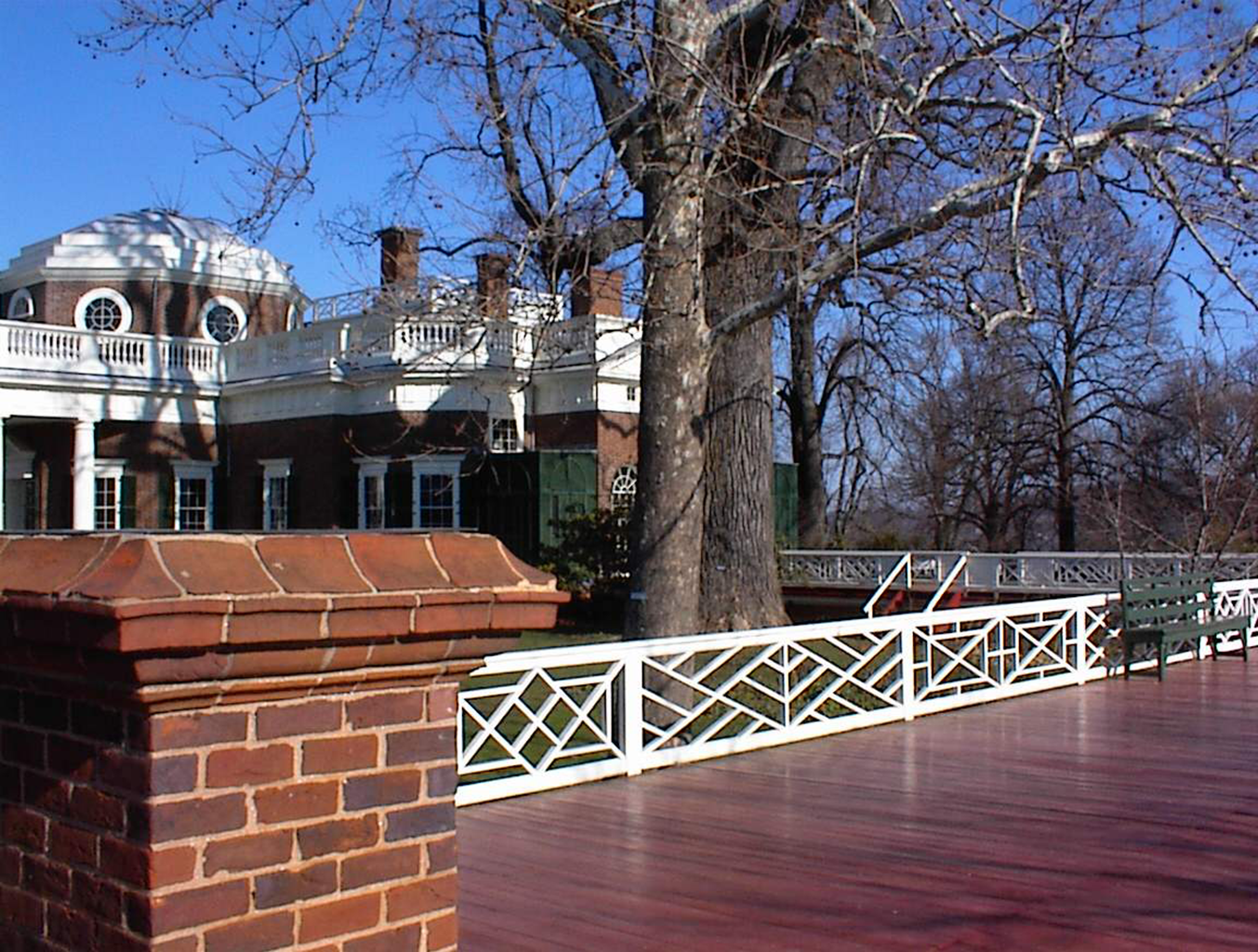Author’s Note: Book One
This is the architectural and historical note posted at the end of All Who Are Lost.
On September 11, 2001, the company I worked for lost 16 people: 15 in the Twin Towers and one on American 11. Like so many of us, I found myself haunted for years by the recurring specter of the falling towers, and eventually I found myself integrating the events of that day into a rewrite of a novel I had been working on for many years.
When I decided to write about that September morning, I determined up front that I would not alter history and I would not take anything from those who died that day. So where to place Cameron St. Bride in his final hour?
- Not in the Pentagon where, despite the horrendous damage, only (only!) 120 people died on the ground. I felt that, given his business interests, I could have made a believable case for his presence, but I did not want to alter history by adding a victim or dishonor someone by having my fictional character take his place.
- Not on United 93 – he would not replace one of those 39 brave passengers who saved so many more with their sacrifice.
- Not on any of the other three planes, since the passenger lists encompassed a finite group of people. Besides, someone like Cam St. Bride would certainly not be traveling commercially if he could help it, and I knew that the presence of a private corporate jet would come in handy later on. (Plus, I work across the street from the airport where St. Bride Data keeps its jet!)
So that left the Twin Towers. Which tower became a matter of character, because Cam would have assessed the situation and gotten the hell out of Dodge (the South Tower) as soon as he saw the smoke pouring from the North Tower. Most people in the South Tower did not know that a plane had hit the other tower, since the damage occurred on the side of the building away from them, but they certainly saw the smoke and knew that something had happened. In fact, even in the North Tower, many people did not know that a plane had hit the tower; they thought a bomb had gone off. Those who had worked in the World Trade Center in 1993 remembered the earlier bombing, and many people chose to leave as a precaution. Although the occupants of the South Tower didn’t know what was coming at 9:03 a.m., and in spite of the building announcement that everything was under control, many decided to evacuate and thus survived. Because of this precaution, the South Tower saw far fewer casualties, even though the strike zone in the South Tower was lower and the hit destabilized the building more severely (which is why it fell first). The cool and rational Cam would have disregarded the announcement, factored in the disruption to his travel plans of the emergency vehicles already gathering on the streets, and left the building as quickly as he could.
Then I learned about the restaurant at the top of the North Tower. No one in the restaurant at 8:46 a.m. had a chance once the hijackers rammed the 767 into the building. All the stairwells were blocked, and the elevator shafts were either damaged or completely destroyed, so no one above the 91st floor made it out alive. Add in that the Windows on the World restaurant was exactly the sort of place where Cam St. Bride might conduct a breakfast business meeting, and his final destination was decided.
Remember that, even though there is an official total number of victims from the towers, no one really knows how many souls were actually trapped there, because very few bodies were recovered intact and many, many remain unidentified to this day. So Cam St. Bride does not replace anyone.
The one liberty I took was the timing of the last elevator. It actually left at 8:40 a.m. that morning, six minutes before AA 11 struck. I placed the last elevator at 8:43 a.m. so that Cam might reasonably still be on the phone with his brother, but gave his corporate counsel and the briefcase time to escape.
There are so many references on 9/11 that it is hard to single one out. I have included a brief bibliography at the end of this note.
On a happier note, I have also included a bibliography for anyone wishing to learn more about Thomas Jefferson, Monticello, and his influence on Virginia architecture. I have always had a passion for old houses, and in writing this had the fun of creating not one but four houses.
Ashmore Magna and Ashmore Minor are both based on James River plantations; the “minor” house, once owned by the Colonial Williamsburg Foundation but sold to a private investor after 9/11, is close to the old city, while the other, privately owned by the same family since its building, sits in lordly splendor in Fluvanna County. Both are beautiful homes. The interiors are my own invention and come from a plethora of sources. The Folly is based on one of the smaller Newport summer cottages (smaller being relative, as these cottages were magnificent mansions). I based Richard Ashmore’s renovations, which remove the worst of the Gilded Age excesses, on numerous different houses.
There are so many books on Jefferson’s architecture, Monticello, and Virginia plantation homes that, again, I have listed only a smattering. I have focused the Jeffersonian bibliography on his relationship with Sally Hemings, as that has the most relevance to the story of Richard Ashmore and Laura St. Bride.
Several years ago, the original photographs for the Guinness/Sadler book, Mr. Jefferson, Architect, taken by Desmond Guinness, went up for auction on Ebay. Guess who was the lucky winner?



